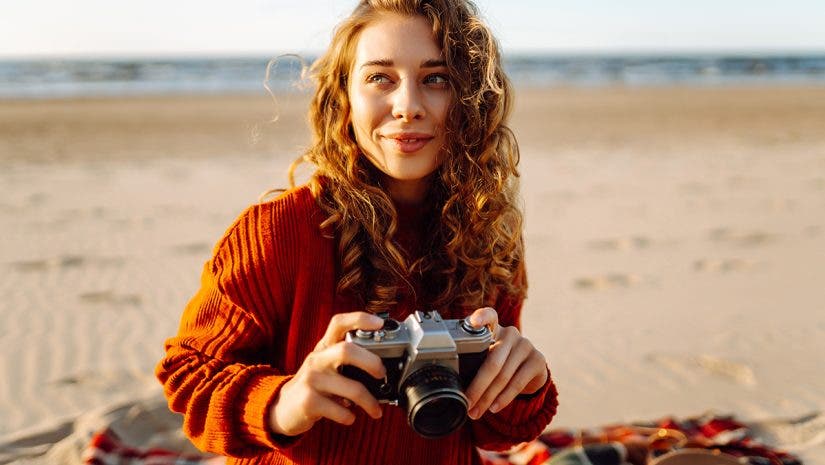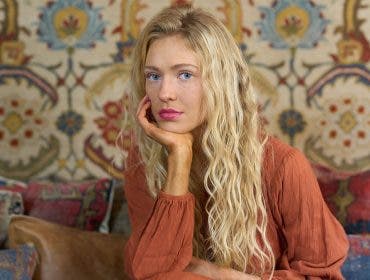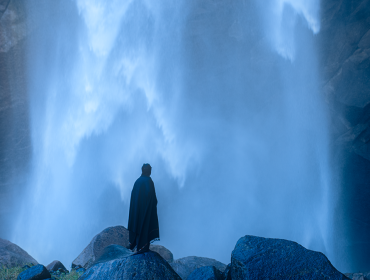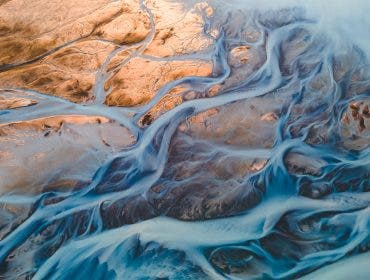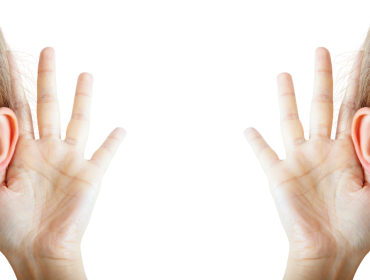As we reach the halfway point of 2025, photography continues to evolve, blending technical progress with shifts in how creators approach storytelling. Many photographers are stepping back from chasing perfection and leaning into intention, presence, and human connection. New tools like AI are now part of the creative toolkit, while mobile formats shape how we capture and share visual content. These shifts reflect a broader move toward clarity and relevance. This article also includes resources, tools, and videos to help you achieve these styles and trends in your own work. As a photographer and marketing professional, I see how these trends influence not just what we create but how audiences respond. Here are 10 trends shaping photography and content creation this year.
Photography Trend #1 Vertical, Mobile-First Content
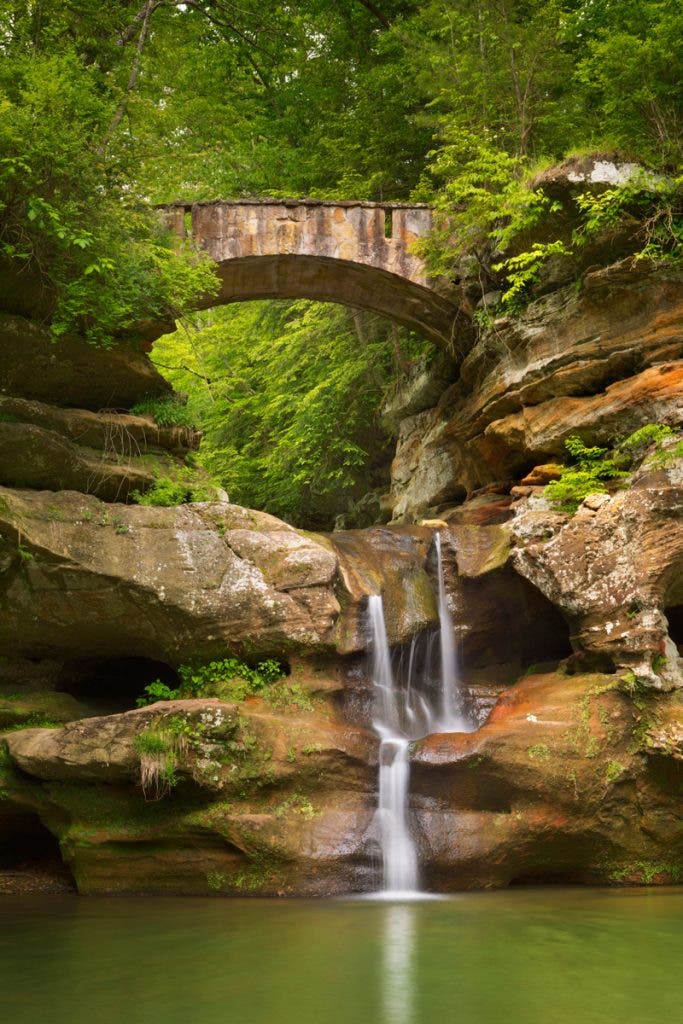
Vertical photography is no longer reserved for social media—it’s become a defining part of how creators tell stories visually. With platforms like Instagram Reels, TikTok, and YouTube Shorts commanding attention, composing for a vertical frame is now standard. The late Bryan Peterson, former AdoramaTV host, highlighted in this video how rotating the camera can lead to more intentional composition, especially when working with subjects like architecture, full-body portraits, or layered environments. His insights continue to influence creators who want their visuals to feel immersive and well-composed on mobile platforms. For many creators, starting with vertical framing leads to stronger storytelling on mobile-native platforms.
Photography Trend #2 Cinematic Storytelling

Photographers are increasingly drawing inspiration from cinematic techniques to craft emotionally resonant still images. This involves the deliberate use of shadows, atmospheric lighting, and compositions that hint at broader narratives. Liam Wong’s urban photography exemplifies this approach; his nocturnal Tokyo scenes, influenced by film noir and cyberpunk aesthetics, convey mood and storytelling within a single frame. Additionally, creators are experimenting with longer shutter speeds, unconventional framing, and natural vignettes to evoke emotion and intimacy. For content creators, adopting these cinematic elements can add depth and richness to visuals that might otherwise seem ordinary.
For practical guidance on achieving cinematic lighting, consider watching Ab Sesay’s AdoramaTV video, “Create Cinematic Images with this 10 Light Photography Setup.” In this tutorial, Sesay demonstrates how to utilize a ten-light configuration to produce dramatic, film-inspired portraits, offering valuable insights into lighting techniques that enhance storytelling through photography.
Photography Trend #3 Close-Up & Detailed Shots

Detail photography is gaining ground in lifestyle, fashion, and food content. These shots are often intimate, focusing on texture and nuance—a worn leather strap, powdered sugar on a plate, the grain of an old tabletop. In commercial work, close-up visuals often translate as more personal and authentic. This style invites viewers to slow down and pay attention. For content creators, especially those telling visual stories on social platforms, these types of images add contrast and texture to a carousel or grid.
Renowned portrait and fashion photographer and AdoramaTV host Lindsay Adler offers an excellent look into this style in her video on close-up and macro beauty photography. She demonstrates how lighting, lens choice, and angle can turn a detail shot into something dynamic and emotionally resonant. Her work shows how close-up imagery can elevate everything from editorial campaigns to beauty content, helping photographers tell a fuller story through texture and form.
Film Photography is Trend #4
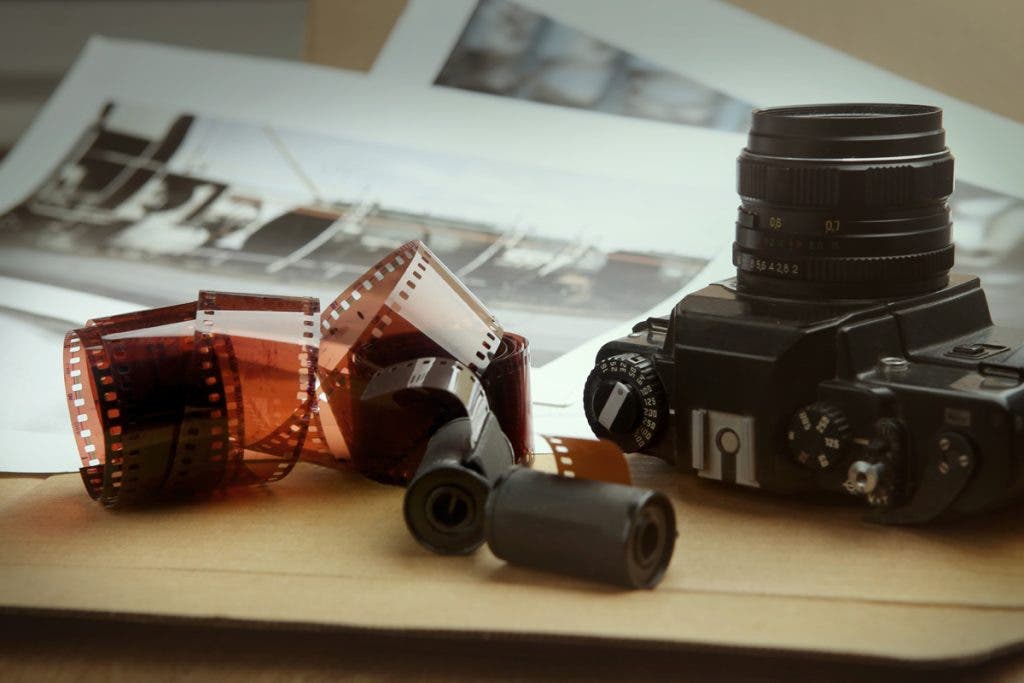
Film photography remains popular in 2025, not just as an aesthetic choice but as a creative discipline. Many photographers, including younger creators, are returning to 35mm and medium format to counter digital fatigue. In the article, Why Film Photography is Perfect for Travel, I discuss how film encourages patience and observational awareness. The #filmisnotdead hashtag is more than a slogan; it’s a growing community of creators reconnecting with a slower, more intentional approach to photography.
#5 is Sustainable Photography
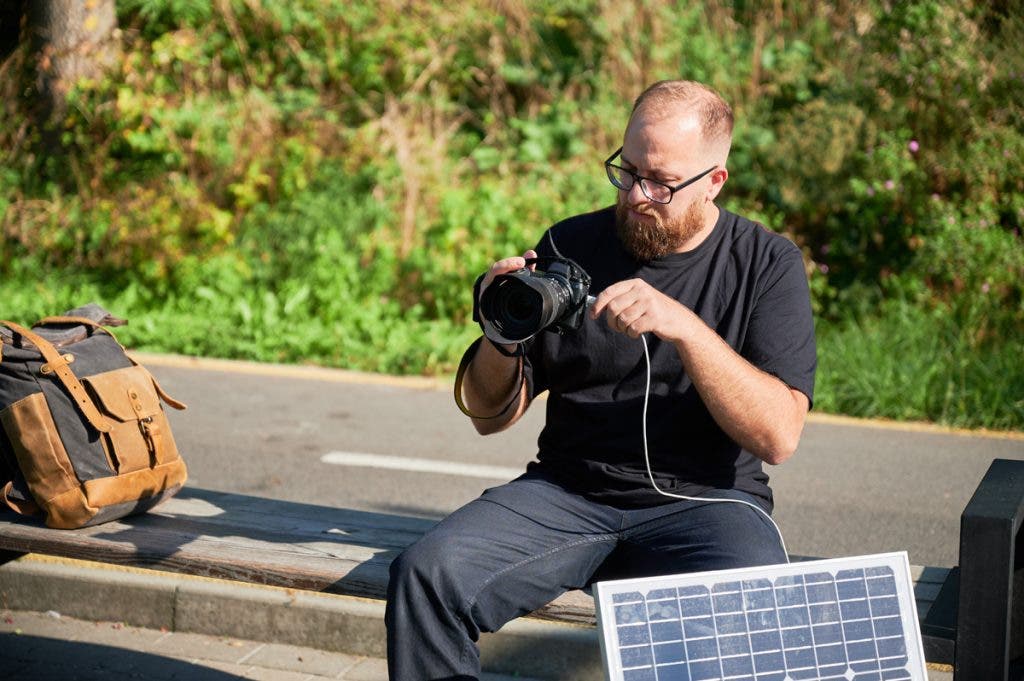
Sustainability is becoming part of the creative process. Photographers are thinking carefully about how they consume resources—from choosing lower-impact power sources and energy-efficient tools to supporting sustainable and eco-friendly brands. Many are shopping for used gear, reducing single-use packaging, and streamlining cloud storage to reduce digital clutter and energy use more efficiently. Adorama’s guide to sustainable photography outlines key strategies. At the same time, sustainability is showing up thematically in many portfolios as creators document environmental change or advocate for conservation through visual storytelling.
Photography Trend #6: Authenticity in Visual Style
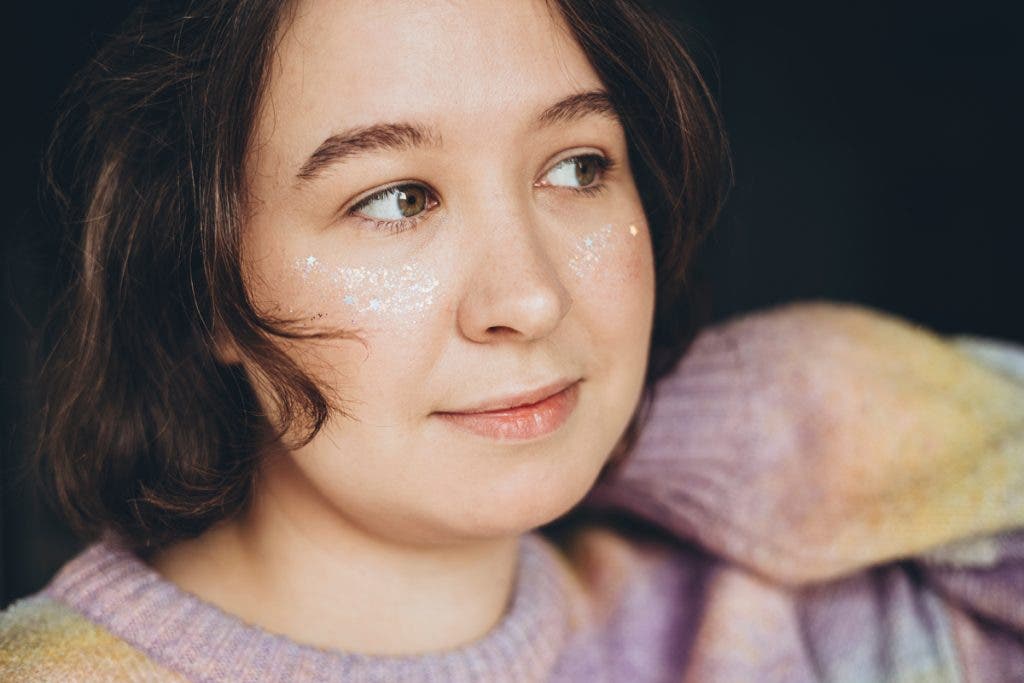
Images that feel honest are cutting through the noise. Many creators are moving away from overly edited or polished aesthetics and leaning into moments that reflect real environments and personalities. This doesn’t mean abandoning technical skill—it means using it in service of clarity rather than perfection. Brands are shifting their tone as well, working with creators who know how to capture natural expressions, real locations, and diverse subjects. Instead of manufactured authenticity, we’re seeing photographers create space for genuine moments to unfold. For more ideas on how to approach this, consider this article on capturing genuine emotion in your photos. It offers thoughtful advice on building trust with your subject, staying observant, and recognizing the moments that speak most truthfully.
Drone & Aerial Photography are Trend #7
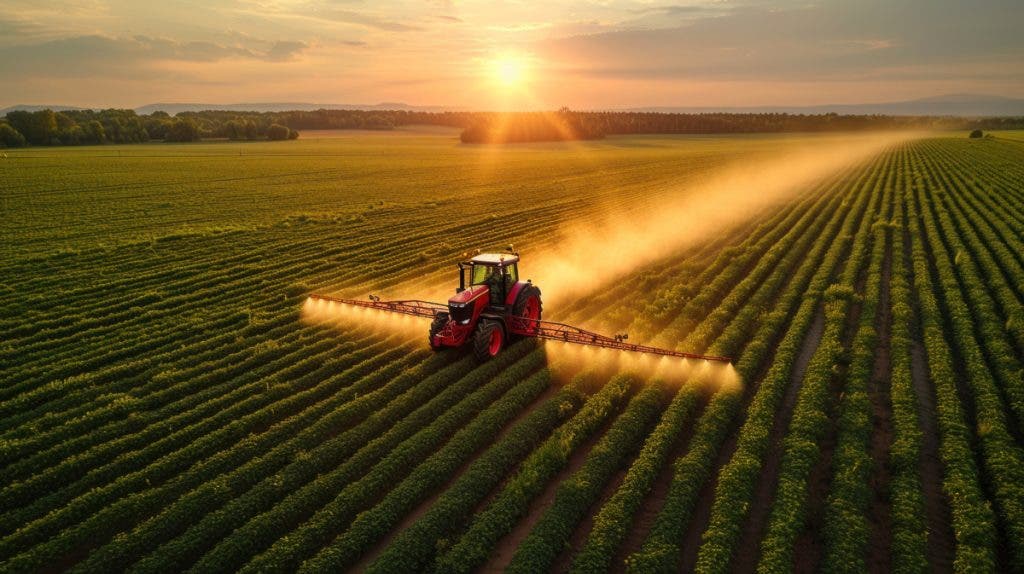
Aerial photography continues to evolve, thanks to accessible drones like the DJI Mini 3 Pro and Air 3. These tools let creators capture wide-scope visuals—from mountaintops to urban geometry—with minimal setup. More importantly, aerial imagery helps contextualize subjects within a broader landscape. Whether used for travel storytelling, property marketing, or outdoor adventure content, drones add scale and drama. Adorama’s drone photography guide includes flight prep tips, gear suggestions, and legal considerations that can help even beginners level up their aerial work.
#8 AI in Photography
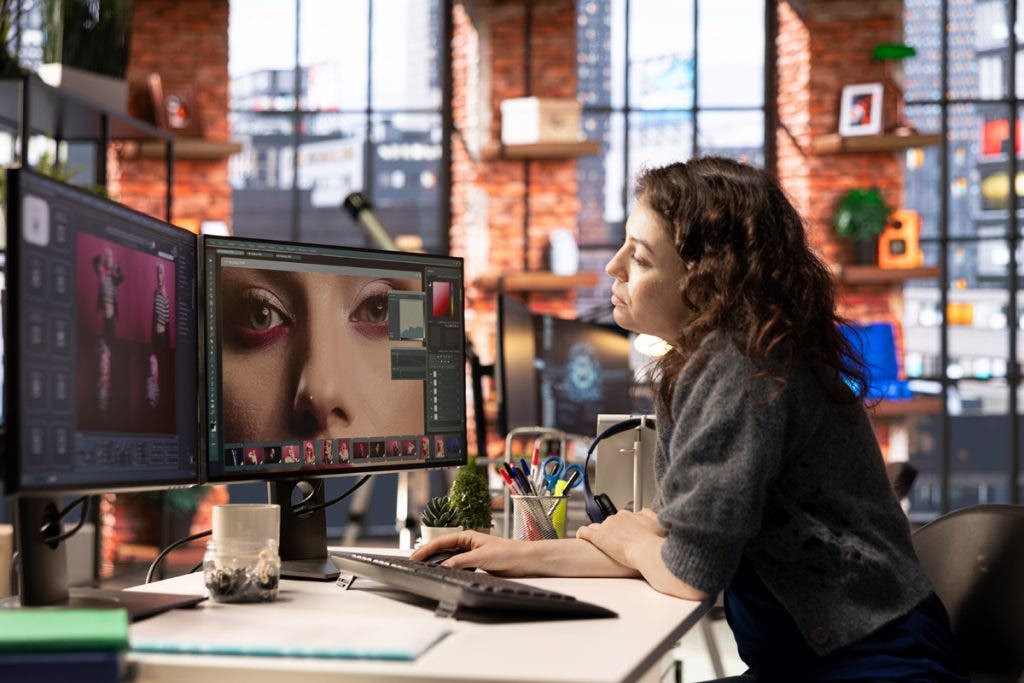
AI is quietly reshaping photography workflows. Tools like Adobe’s Sensei, Topaz AI, and Luminar Neo are helping creators streamline tasks such as noise reduction, subject masking, and smart enhancements. As outlined in this article on AI in photography, these tools free up time without removing creative control. Some creators use AI-generated elements to enhance composite photography, while others rely on it to batch-process large assignments. The key is integration—AI works best when it complements rather than overrides your creative decisions.
Photography Trend #9: Bold Colors & High Contrast
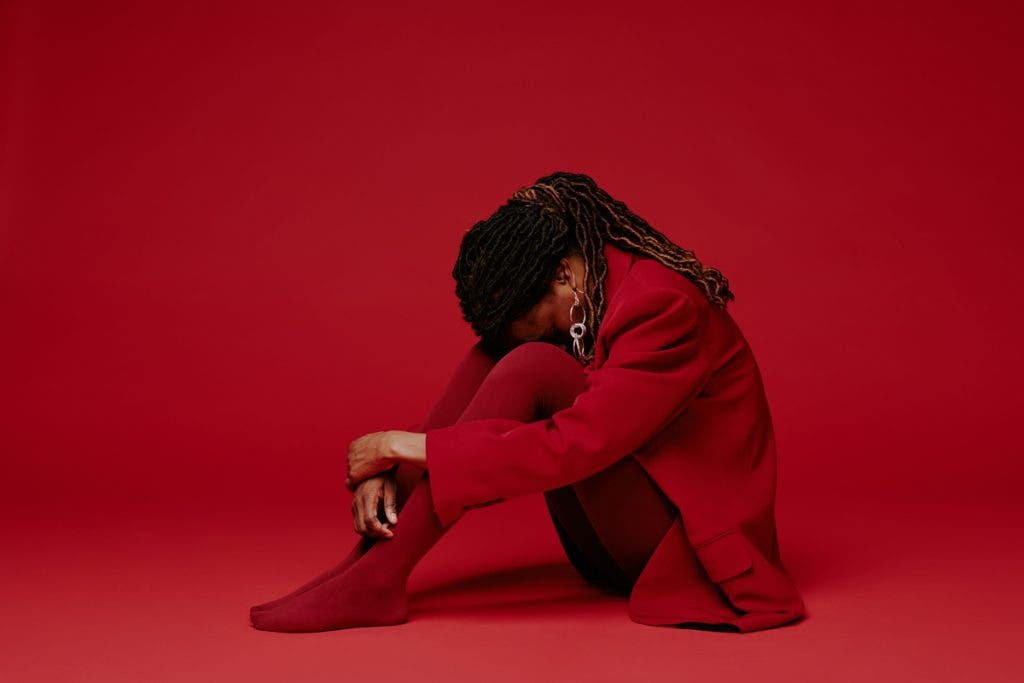
High-saturation, high-contrast photography is coming back with energy. Color theory is becoming central again, especially in commercial and editorial work. Creators are moving away from muted filters and embracing deep reds, saturated greens, and clean contrast. This trend pops on social media and works especially well in fashion, street photography, and product work. Adorama’s guide on How to Use Color to Create Stunning Photographs is a great resource for photographers looking to master bold palettes, understand complementary hues, and use contrast intentionally.
Photography Trend #10: Candid Photography
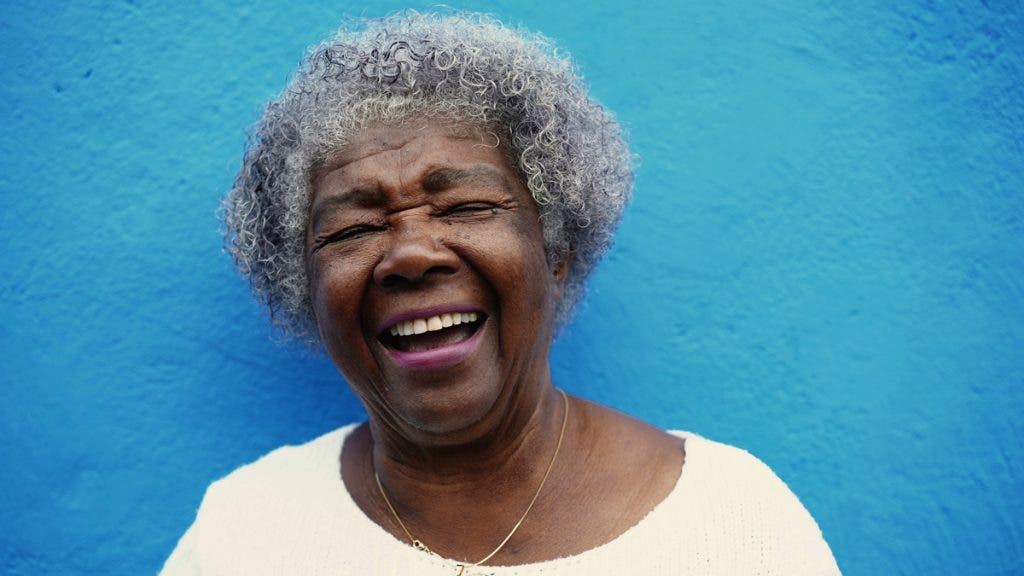
Candid moments hold weight. More creators are forgoing rigid posing in favor of letting moments unfold naturally. This style is prevalent in wedding, event, and documentary photography, where genuine emotion carries more impact than polish. Even in commercial shoots, brands are asking for unguarded, natural interactions that make campaigns feel more human. Capturing candid shots requires being present, responsive, and aware of context—skills that separate good photographers from great ones.
For those looking to gear up for candid photography, consider this guide from Adorama: “Best Camera for Candid Photography.” It covers compact, fast, and discreet camera options ideal for capturing spontaneous moments without disrupting the scene.
Embrace the Trends That Fit Your Creative Vision
Staying current doesn’t mean adopting every new trend. It means knowing which shifts align with your voice and goals. Try experimenting with one or two of these approaches on your next project. These trends reflect where the industry is heading, but more importantly, they represent how photographers are making their work more personal, thoughtful, and effective. The tools and platforms will keep changing. Your perspective is what makes the difference.
Adorama offers the resources and gear to support every step of your creative journey. Whether you’re learning through AdoramaTV, attending community events, or browsing insights on the 42West blog, you’ll find inspiration and education to match your pace. And when it’s time to upgrade or experiment, Adorama has the tools to help you bring each vision to life.
